Upland rice is the main food source to sustain life, the raw material to process into dishes and drinks for daily life as well as in festivals. Many traditional rituals and festivals of the ethnic people also follow the growth cycle of upland rice...
Ethnic groups in the Truong Son - Tay Nguyen region have rituals to pray for permission from the gods in clearing the fields, sowing seeds, and planting, praying for the rice plants to grow well, produce ears, and produce heavy grains for a bountiful harvest. They believe that through the rituals, the Rice God and Mother Rice will bless them, not only with rice and crops to eat, but also with peace and health for the family.
To have a bountiful harvest, people have many rituals to worship the rice mother and practice many taboos related to the rice spirit. Every year, when the rice in the fields is ripe, people begin the harvest season and organize a celebration of the new rice, also known as the New Rice Festival.
The rice spirit is also the embodiment of rice seeds. The ethnic groups in the Northern Central Highlands believe that the rice spirit sleeps during the “ninh nong” months (the months of rest after the harvest); on the first thunder day of the year, the day the Thunder God wakes up the Rice God, the whole village starts production again. The people organize to bring the rice spirit from the warehouse to the fields on the first days of burning and plowing and welcome the rice spirit from the fields back to the warehouse on the harvest days.
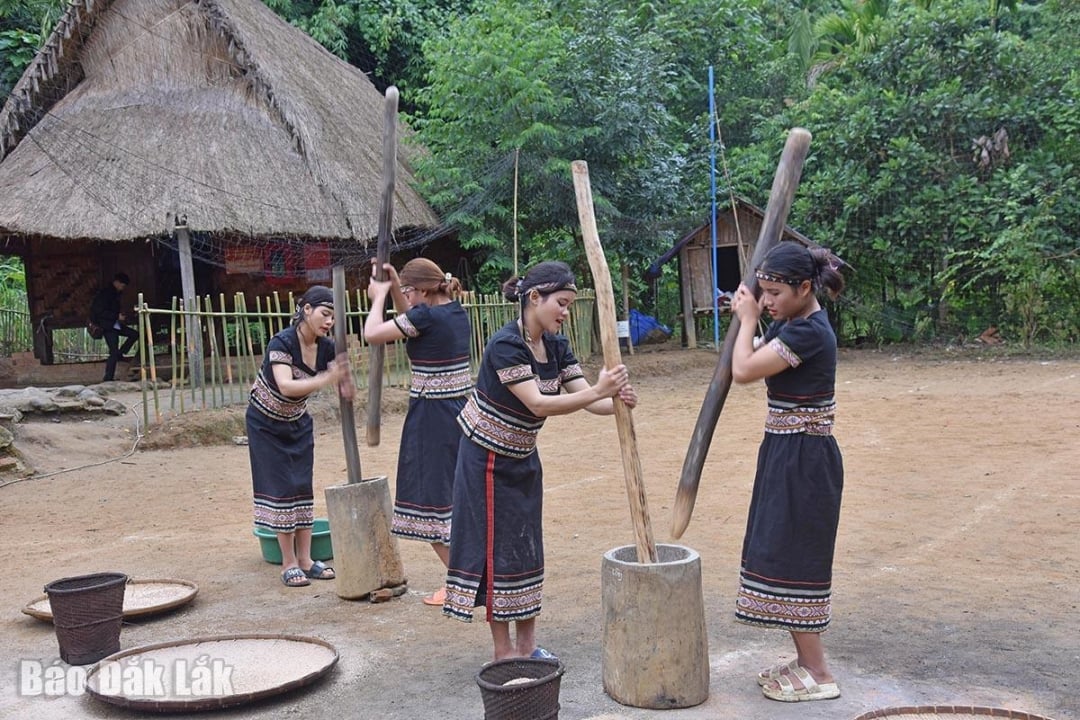 |
| Ethnic people often pound rice with hand pestles to create the typical red rice product. |
Upland rice (glutinous and non-glutinous) is used to prepare many foods and drinks, forming the culinary habits of ethnic groups. It is cultivated on steep slopes, covered with dew from the land and sky, so it has the characteristic aroma of the mountains and forests.
The people pound the rice with a wooden mortar to remove the outer layer, which is called “red rice” or brown rice. The rice grains still retain the bran and germ, so they are very nutritious and are often used as gifts, to cook rice to entertain distinguished guests, and as offerings to gods in traditional ceremonies.
In addition to regular rice, upland sticky rice is also the main food source of ethnic groups. The people process sticky rice into many different dishes such as dried/steamed sticky rice, bamboo-tube sticky rice (com lam), flattened green rice, five-color sticky rice, cakes wrapped in palm leaves... Bamboo-tube rice is delicious, has a unique taste, and has a very attractive aroma when eaten. In addition to the aroma of sticky rice, there is also the aroma of bamboo tubes through the fire. Bamboo-tube rice is grilled over charcoal called "xoi thui ong", which makes the outer layer charred, giving it a delicious aroma.
The typical cake of the ethnic groups in the Truong Son region is sticky rice cake wrapped in palm leaves, called buffalo horn cake, snail cake. The ethnic groups make horn cake during festivals such as new rice eating ceremony, wedding ceremony, new house inauguration or to eat for fun, while traveling, to entertain guests, to give to relatives... The type of sticky rice cake mixed with sesame, called a yơh, has a sweet, fragrant and sticky taste. In particular, a yơh cake is required at weddings, because only when this type of cake is available can the following ceremonies be performed. This is also a delicious and convenient dish, can be preserved for a long time, so it is also used by the ethnic groups as a reserve food source like dry food. People often bring a few pieces of this cake to fill their stomachs when going to the forest, hunting or going to the fields.
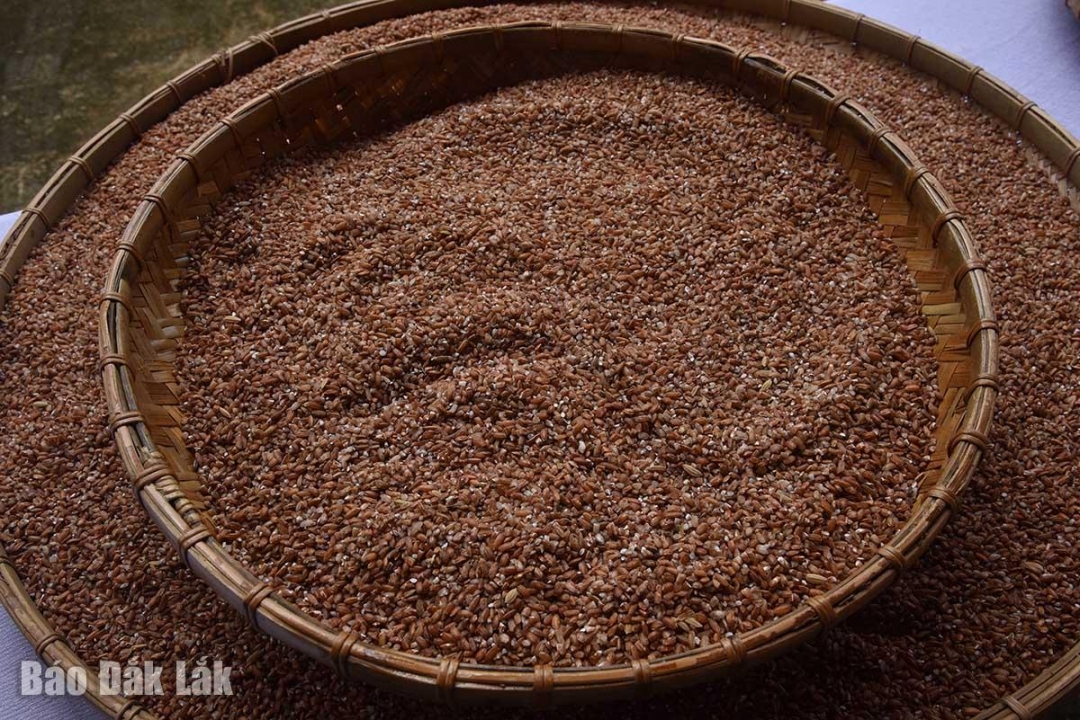 |
| Red upland rice is characteristic after being pounded with a wooden mortar. |
Upland rice varieties do not use chemical fertilizers or pesticides but still grow well. Many upland rice varieties have become popular products in the market, introduced and displayed at agricultural product fairs and cultural exchange festivals.
A typical example is the Ra Du upland rice variety of the Pa Ko people in A Luoi district ( Hue city), which is a rare rice variety and has become a specialty. The rice grains are light red in color, and the rice cooked from Ra Du rice is very fragrant and delicious, not greasy, and has a very rich, not sticky, not greasy, and has a characteristic light sweetness. The people also call this variety "sacred rice". It is often used by the locals as an offering to Yang and the Rice God during the festivals of the people. This type of rice is also used by the people to cook rice to entertain distinguished guests, especially the son-in-law.
Or the Bhaton upland rice of the Bhnoong people, the Ra Ma red rice of the Cor people, the red rice of the Ca Dong, Xe Dang people... are offerings to the gods, cooked to serve guests when visiting the village. Many upland rice products have been developed into brands, OCOP products. Some traditional drinks of the people made from upland rice such as Can wine, Than sticky rice wine, and Cam sticky rice wine have been included in the OCOP product list in many localities across the country.
Source: https://baodaklak.vn/van-hoa-du-lich-van-hoc-nghe-thuat/202505/lua-ray-nguon-song-dai-ngan-4e00d0d/



![[Photo] The Government Standing Committee works with ministries and branches on the real estate market situation.](https://vphoto.vietnam.vn/thumb/1200x675/vietnam/resource/IMAGE/2025/5/24/e9b5bc2313d14c9499b8c9b83226adba)


![[Photo] Ho Chi Minh City holds funeral for former President Tran Duc Luong](https://vphoto.vietnam.vn/thumb/1200x675/vietnam/resource/IMAGE/2025/5/24/9c1858ebd3d04170b6cef2e6bcb2019e)

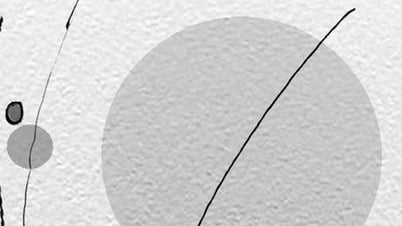

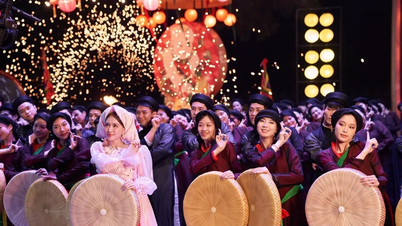



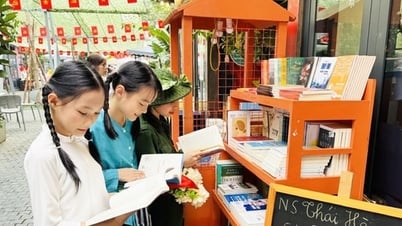
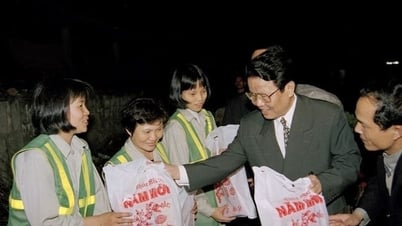
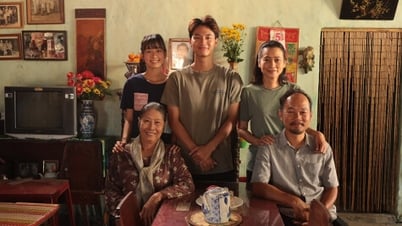





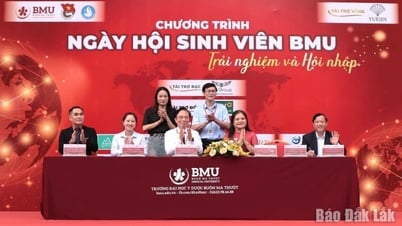
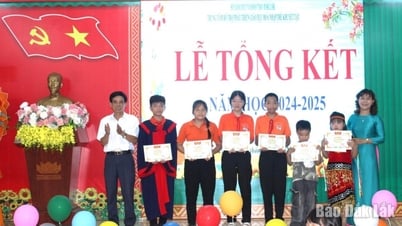
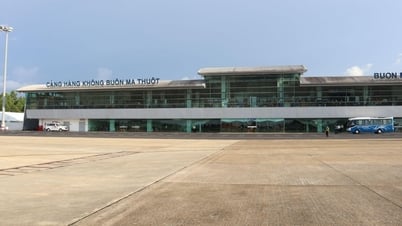


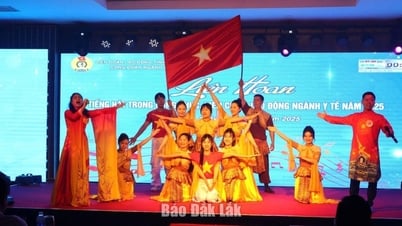


![[Photo] Party and State leaders visit former President Tran Duc Luong](https://vphoto.vietnam.vn/thumb/1200x675/vietnam/resource/IMAGE/2025/5/24/960db9b19102400e8df68d5a6caadcf6)




































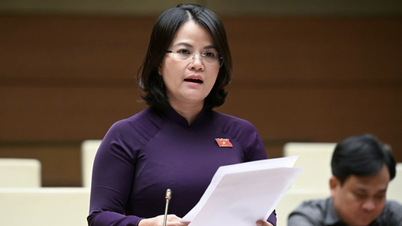
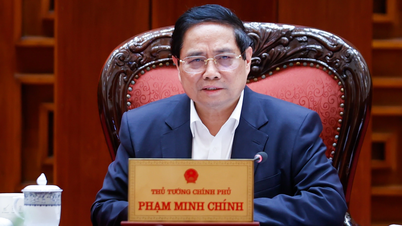












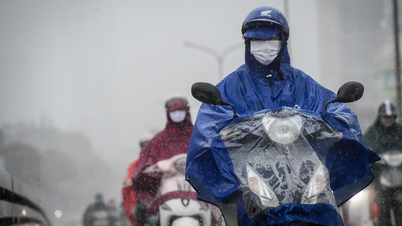

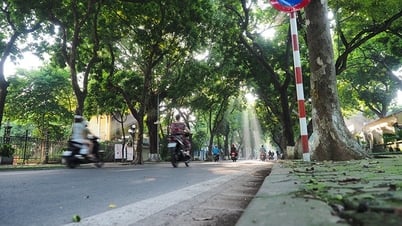
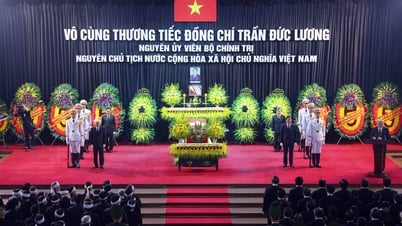











Comment (0)